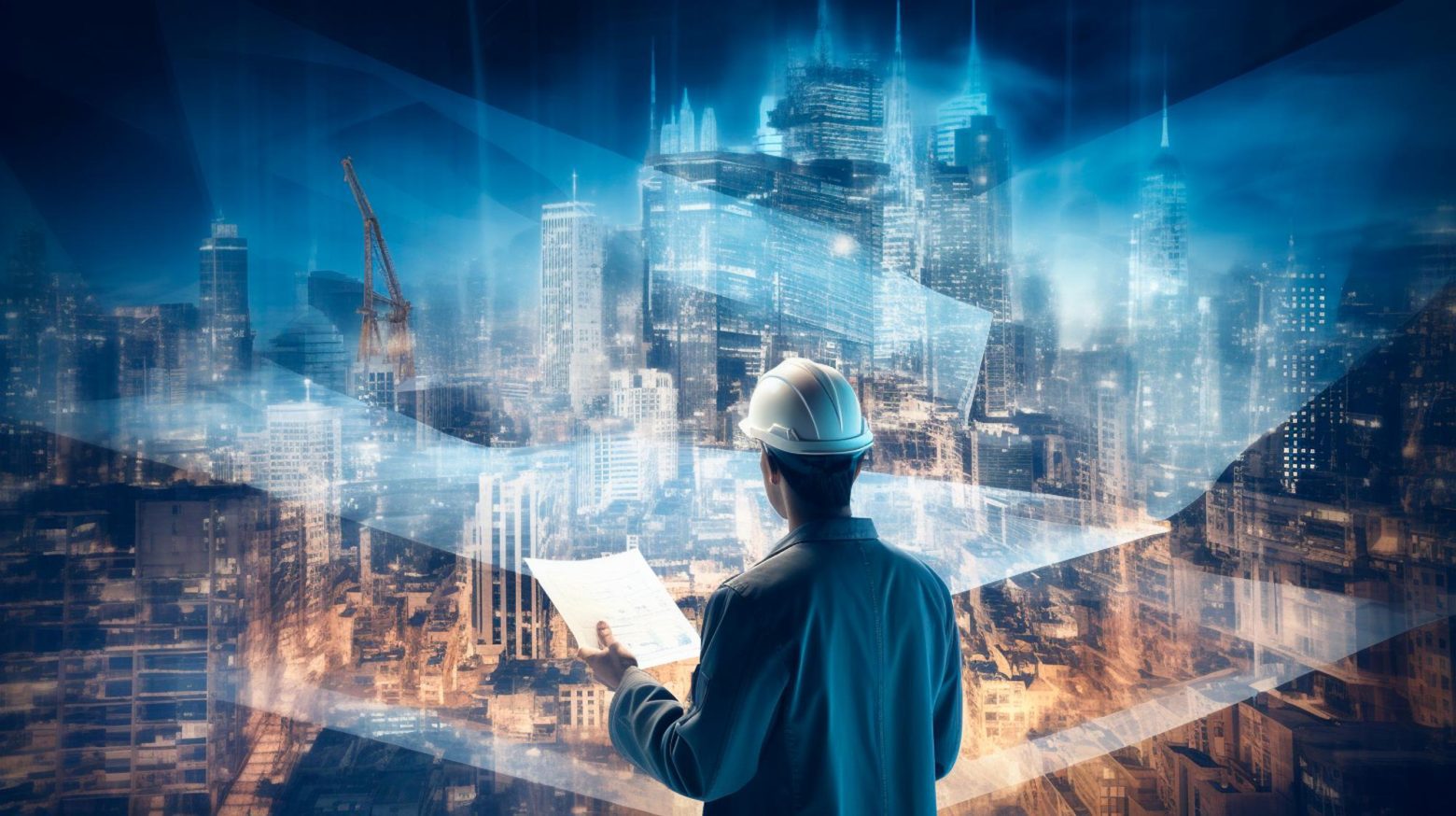Sustainability is no longer a buzzword but a necessity in today’s construction industry, especially in the Gulf region. With rapid urbanization and ambitious mega projects, the Gulf is setting new standards in sustainable building practices. From green building certifications to innovative materials, let’s explore how the Gulf is leading the way to a greener future.
Table of Contents
The Importance of Sustainability in Construction
As the world grapples with climate change and environmental degradation, the construction industry must adopt sustainable practices. Sustainable construction not only reduces environmental impact but also offers long-term economic benefits through energy savings and reduced operational costs.
Green Building Certifications
Green building certifications like LEED (Leadership in Energy and Environmental Design) are becoming increasingly popular in the Gulf. These certifications set stringent standards for sustainable construction practices, ensuring that buildings are environmentally friendly and resource-efficient.
Benefits of Green Building Certifications
- Environmental Impact: Certified buildings reduce carbon footprints and promote the use of renewable energy.
- Market Value: Green certifications enhance the marketability and value of properties.
- Health and Wellbeing: Green buildings provide healthier living and working environments.
Examples of Certified Buildings in the Gulf
The Al Bahr Towers in Abu Dhabi and the Qatar National Convention Centre are prime examples of LEED-certified buildings that showcase sustainable architecture and innovative design.
Sustainable Materials in Construction
The choice of materials plays a crucial role in sustainable construction. The Gulf region is increasingly adopting sustainable materials that are eco-friendly and reduce the environmental impact of construction.
Types of Sustainable Materials
- Bamboo: A rapidly renewable resource, bamboo is used for flooring, scaffolding, and decorative elements.
- Recycled Steel: Utilizing recycled steel reduces the demand for virgin materials and lowers greenhouse gas emissions.
- Cork: Harvested from the bark of cork oak trees, cork is a sustainable option for flooring and insulation.
Benefits of Sustainable Materials
- Renewability: Sustainable materials are often renewable, ensuring a continuous supply without depleting natural resources.
- Energy Efficiency: Many sustainable materials have excellent insulation properties, leading to significant energy savings.
- Reduced Waste: Using recycled materials minimizes construction waste and promotes a circular economy.
Case Studies of Sustainable Materials in Gulf Projects
The Masdar City project in Abu Dhabi is a leading example of sustainable urban development, using a combination of recycled materials and innovative building techniques to create a zero-carbon, zero-waste city.
Energy Efficiency in Buildings
Energy efficiency is a cornerstone of sustainable construction. By incorporating energy-efficient designs and technologies, buildings can significantly reduce their energy consumption and operating costs.
Techniques for Achieving Energy Efficiency
- Passive Solar Design: Utilizing building orientation and window placement to maximize natural light and heat.
- Insulation: High-quality insulation materials reduce the need for heating and cooling.
- Energy-Efficient Appliances: Using energy-efficient HVAC systems, lighting, and appliances.
Benefits of Energy Efficiency
- Cost Savings: Reduced energy consumption leads to lower utility bills.
- Environmental Impact: Energy-efficient buildings produce fewer greenhouse gas emissions.
- Comfort: Improved insulation and HVAC systems enhance indoor comfort.
Examples of Energy-Efficient Buildings in the Gulf
The Burj Khalifa in Dubai, despite its size, incorporates several energy-efficient technologies, including a high-performance exterior cladding system that minimizes heat gain.
Water Conservation Techniques
Water is a precious resource in the Gulf region, making water conservation a critical aspect of sustainable construction.
Importance of Water Conservation
- Resource Management: Conserving water ensures a sustainable supply for future generations.
- Cost Reduction: Water-efficient systems reduce water bills.
- Regulatory Compliance: Adhering to water conservation regulations is essential for new developments.
Techniques for Water Conservation
- Rainwater Harvesting: Capturing and storing rainwater for non-potable uses such as irrigation and flushing toilets.
- Greywater Recycling: Reusing wastewater from sinks and showers for landscaping and other non-potable purposes.
- Low-Flow Fixtures: Installing low-flow toilets, faucets, and showerheads to reduce water usage.
Examples of Water Conservation in Gulf Projects
The King Abdullah Financial District in Riyadh incorporates advanced water conservation techniques, including greywater recycling and rainwater harvesting, to minimize its environmental impact.
Renewable Energy Integration
Integrating renewable energy sources into building designs is a key component of sustainable construction.
Benefits of Renewable Energy
- Sustainability: Renewable energy sources like solar and wind are inexhaustible.
- Cost Savings: Once installed, renewable energy systems can significantly reduce energy bills.
- Energy Independence: Buildings with renewable energy systems are less dependent on external power sources.
Examples of Renewable Energy Use in Gulf Construction
The Bahrain World Trade Center is a pioneering project that integrates wind turbines into its design, providing a sustainable source of energy for the building.
Conclusion
The Gulf region is at the forefront of sustainable construction, setting new benchmarks in eco-friendly building practices. By adopting green building certifications, using sustainable materials, and integrating energy-efficient and water conservation techniques, the Gulf is leading the way to a greener future. As more projects embrace these practices, the construction industry will continue to evolve, ensuring a sustainable and prosperous future for the region.
References
- US Green Building Council
- Masdar City
- Bahrain World Trade Center
- Burj Khalifa
- King Abdullah Financial District




